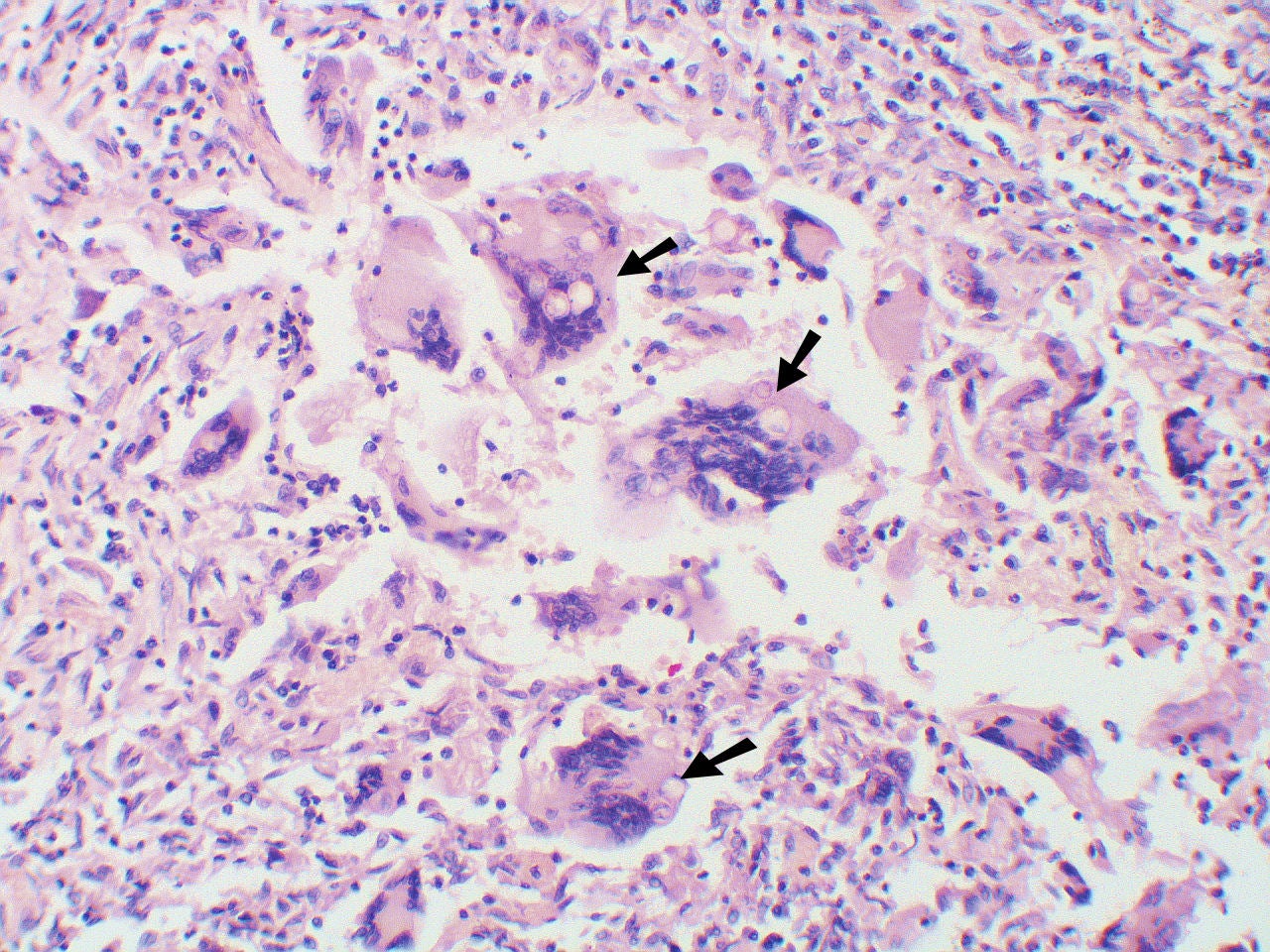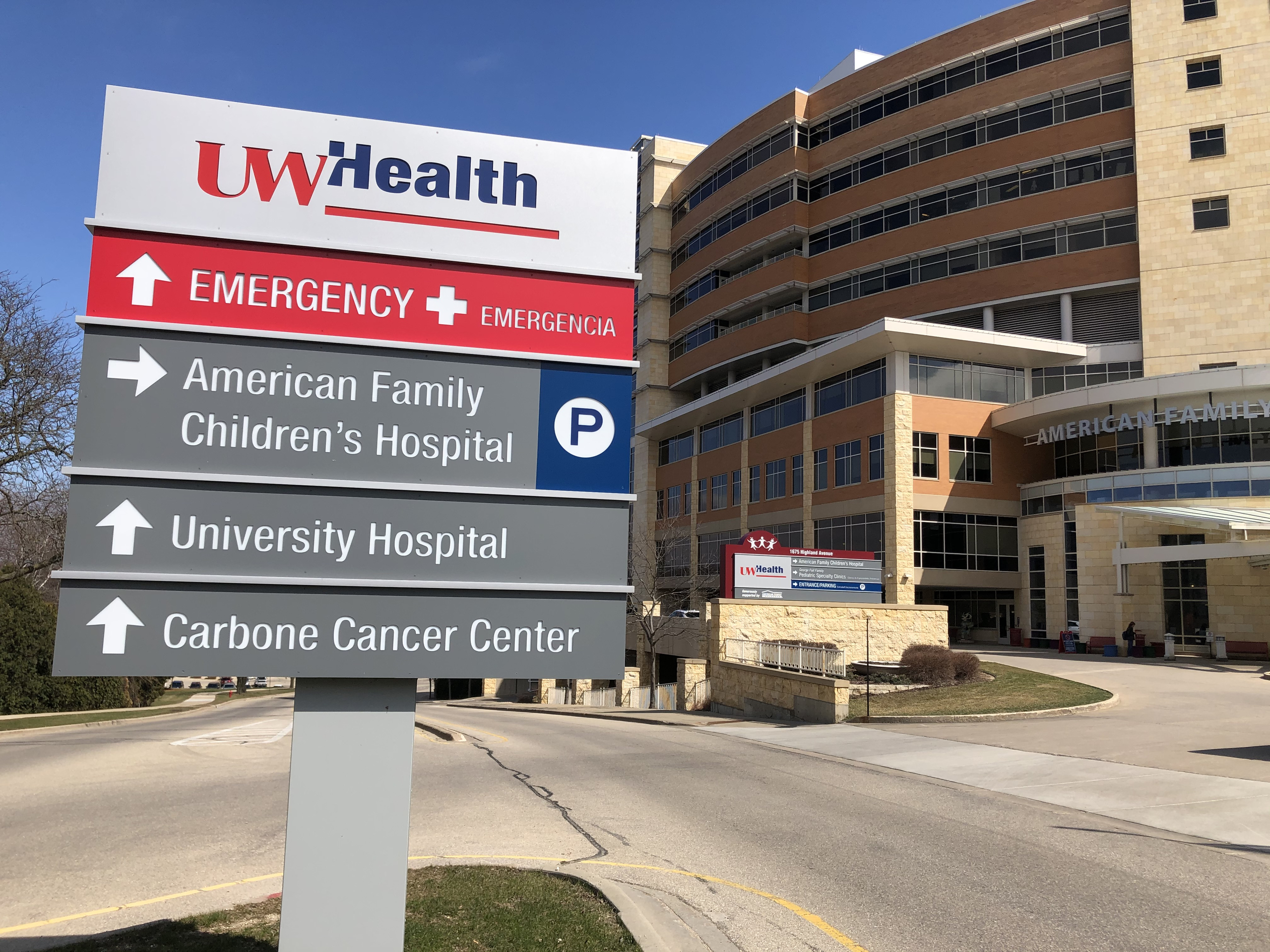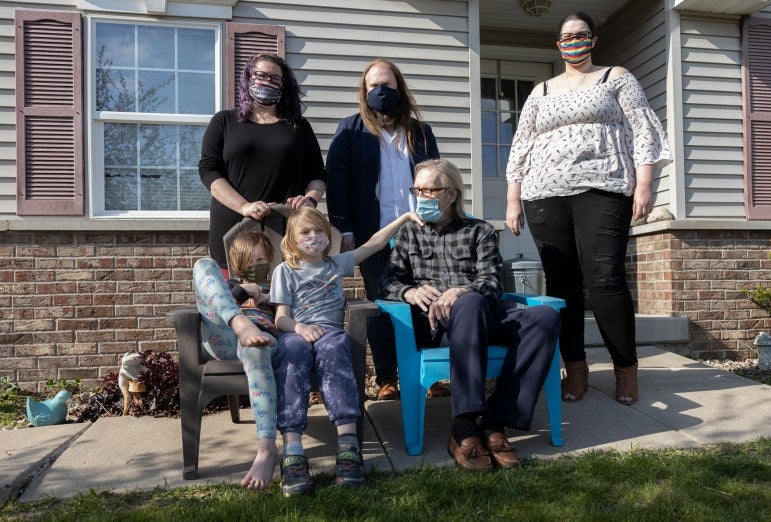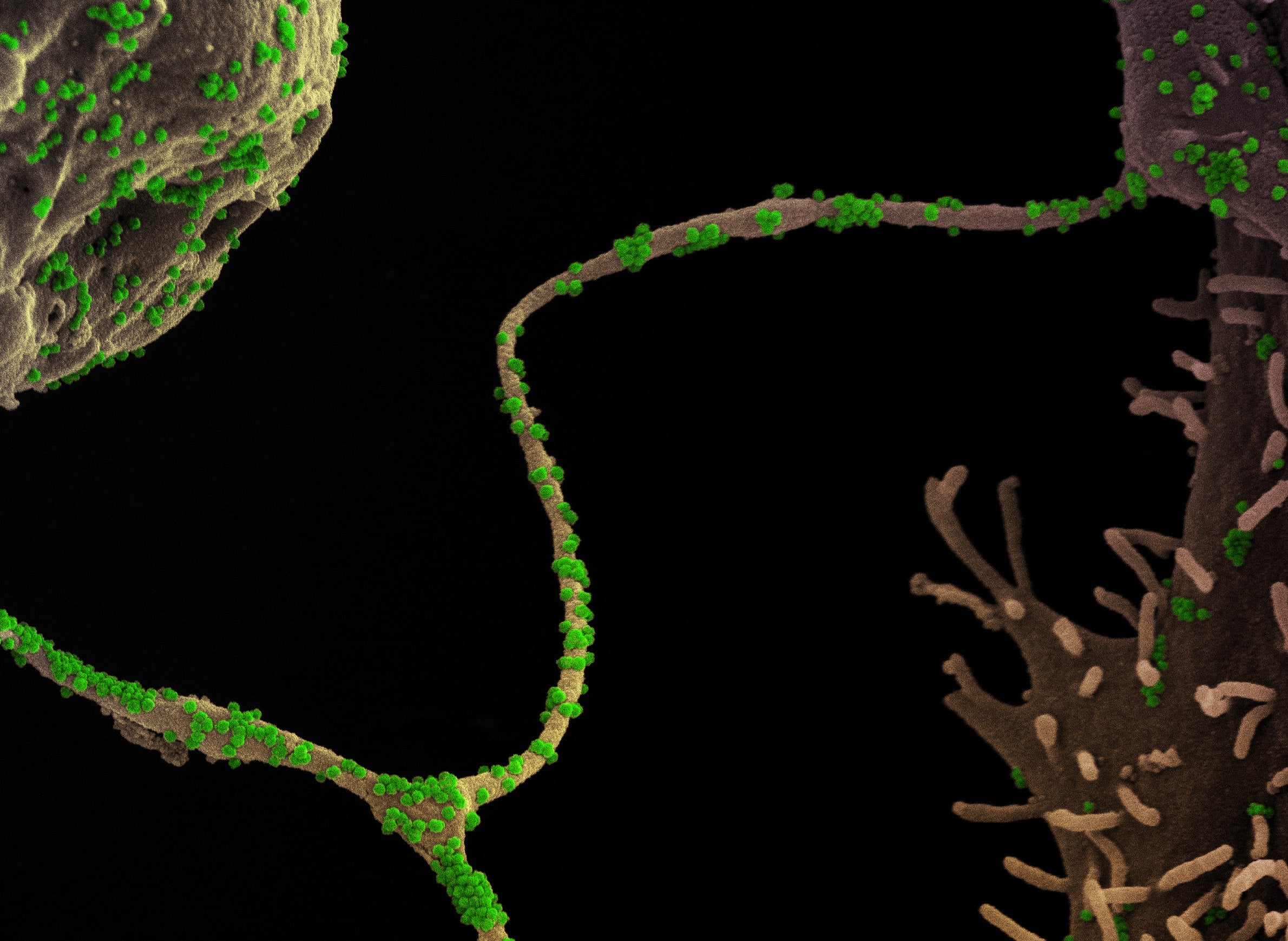The Hmong population may be particularly at risk for blastomycosis – a potentially fatal lung disease.
The findings are from a study of a recent outbreak in central Wisconsin.
Blastomycosis is caused by a soil-borne fungus which grows in the lungs of victims. An outbreak in Marathon County in 2010 produced 55 cases, resulting in two deaths. Twenty of the victims were Hmong (36 percent), far higher than their percentage of the population.
Stay informed on the latest news
Sign up for WPR’s email newsletter.
The recent study of the outbreak ruled out environmental factors, according to one of its authors, Ruth Marx of the Marathon County Health Department.
“They engage in activities like fishing and gardening where they would be exposed to soil or rivers with fluctuating water levels,” says Marx. “But in this outbreak, that was not a factor.”
Marx says there appears to be a genetic link. “The Hmong have only recently come to this country and lived in this area in Wisconsin. Perhaps it may be related to the fact that they haven’t developed any kind of innate immunity to the organism.”
The blastomycosis study was published in the journal Clinical Infectious Diseases, with the help of federal, state and county authorities, and the Marshfield Clinic and the University of Wisconsin School of Medicine.
Marx says even now, researchers don’t know a lot about the fungus that causes the disease. “Unfortunately we didn’t really learn much new about the organism itself. It’s a very difficult organism to study because at this point, we cannot culture it in an artificial media.”
Early detection and treatment with a fungicide can be lifesavers with blastomycosis, which has pneumonia- like symptoms, but the disease doesn’t respond to antibiotics.
Wisconsin Public Radio, © Copyright 2024, Board of Regents of the University of Wisconsin System and Wisconsin Educational Communications Board.






